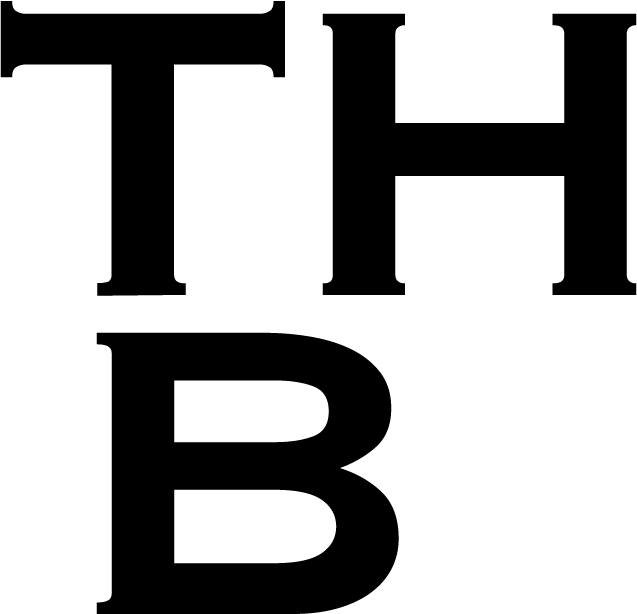
on uncompromising middle grounds
Growing up in Switzerland, I have been induced with the idea that a good solution needs to be a compromise. As an accountant, who became a designer who later turned into an educator, I was always acting within intersections or middle grounds. I am fascinated with the concept of the “third place” or the meso. This eclectic area where things mix and lines blurr.
Finding a place within this hybrid in-between
Whereas Oldenburg’s original physical and pre-digital concept of the “third space” from 1989 clearly separates actual spatial first places (home) from second places (work), defining third places as everything in between (eg. coffee shops, trains, parks et cetera), it has luckily since been transposed for today’s world, including education.
Just recently the idea of “third space” has been used to represent the fusion of the physical (first) space and the remote (second) space into a network that is inhabited by multiple remote users (third space). In Higher Education the concept of “third space” is used by Whitchurch (2013) to describe this hybrid position of staff’s roles sitting between professional and academic spheres: Being an affirmed, highly talented and successful marketing executive in a company does not necessarily result in amazing learning experiences for students in a school.
Being a professional tutor
We all know that providers of Higher Education must deliver a variety of knowledge and soft skills. Courses and lessons need to be continuously updated in order to appear as contemporary as possible. Collaborations with external expert professionals as part-time-educators do make sense, but also presuppose a clear strategy to overarch that “messy” third space those professionals are going to fall into. On one hand experts bring first-hand subject knowledge into a classroom. On the other, by no fault of their own, they lack needed pedagogical foundations.
Schools most often do not provide in-depth academic on-boarding processes covering underlying pedagogical theories and strategies needed to survive in the academic third space. There most definitely should be active settings that strongly encourage freshman teaching staff to practically interact with multiple environments, academic theories and situations before they meet students. No successful marketing executive sends a junior with no experience to pitch clients on his or her first day…
The actual winner is on third place
Experts who step into teaching shoes do not necessarily need to get through hundreds of lectures about pedagogy, alignment of learning outcomes or assessment strategy. Of course not. What they need is sincere support from the school they are working for. Onboarding for teachers has to be a little more than receiving a lesson plan and learning objectives to get it started. As everybody who successfully inhabits the third space, they need to integrate a system, good practice and an existing network. The leaders within that system should be role models who show a path to how it could and should be done. New tutors need to learn how to deeply self-reflect and need to be open for innovative and different approaches.
In order to feel comfortable in the third space, self reflection is action for change, rather than a reaction to it.
This article is based on our newsletter “thoughts&coffee” published on 26.11.2021

